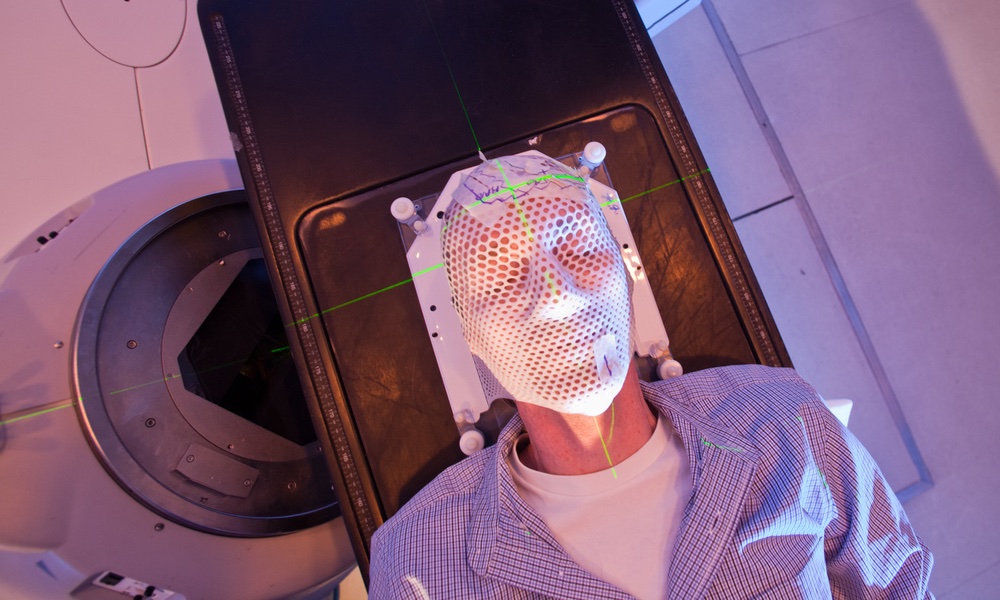The lifetime risk of developing cancer, including gender-specific cancers, is approximately equal for men and women. But at shared anatomic sites, when gender-specific cancers such as breast and prostate cancer are excluded, men have a more than two-fold greater risk for most cancers compared to women.
Men have an increased risk for 21 different types of cancer, according to findings published recently in Cancer by a team of researchers led by scientists at the National Cancer Institute at the National Institutes of Health.
Men's cancer risk was greater than women’s even after carcinogenic and environmental exposures, such as smoking, alcohol use and diet were taken into account. As researcher Sarah Jackson told TheDoctor, “Some differences in cancer incidence are not explained by environmental exposure alone.”
The findings suggest that biological differences between men and women, including physiological, immunological and genetic differences, may play a role in the increased cancer risk for men compared to women.Men had a lower incidence than women only for thyroid and gallbladder cancers. Cancer risk at other sites ranged from between 1.3 to 10.8 times higher in men compared to women.
Data was analyzed from almost 295,000 people taking part in the NIH-AARP Diet and Health Study, a long-term observational study that began in 1995. Participants were followed for the development of solid tumors, excluding gender-specific cancers, through 2011.
During the 16-year follow-up period, almost 18,000 new tumors developed in men and 8,800 developed in women.
Men had a lower incidence than women only for thyroid and gallbladder cancers. Cancer risk at other shared anatomic sites ranged from between 1.3 to 10.8 times higher in men compared to women. Esophageal cancer had the greatest increase in risk for men. It was 10.8 times higher for men than for women. Cancer of the larynx was 3.5 times higher; gastric cardia, also 3.5 times higher; and bladder cancers, 3.3 times higher.The X chromosome, of which women have two but men only one, contains several tumor suppressor genes.
Estrogen may influence immune signaling pathways. For example, Jackson said some research suggests reproductive hormones could play an important role in the development of esophageal cancer. The X chromosome, of which women have two but men only one, contains several tumor suppressor genes. “However, at this time, we have little understanding of these mechanisms,” said Jackson, a scientist at the National Cancer Institute.
The NIH-AARP Diet and Health Study population was mostly white, non-Hispanic adults. In addition to seeing if the same gender bias is present in other ethnic groups, the researchers hope to explore the contribution of sex hormones and genetics to cancer risk.
The results make it clear that including gender as a biological variable should be a part of the continuum of cancer research and care, from risk prediction and prevention to treatment, a point made by the authors of an editorial accompanying the study, adding that effective treatments to reduce these sex-based risks may soon be within reach. “Bench to bedside translational studies that transform research findings into clinical practice are a scalable means within easy reach to achieve precision medicine, and may ultimately eradicate gender disparities in cancer.”





